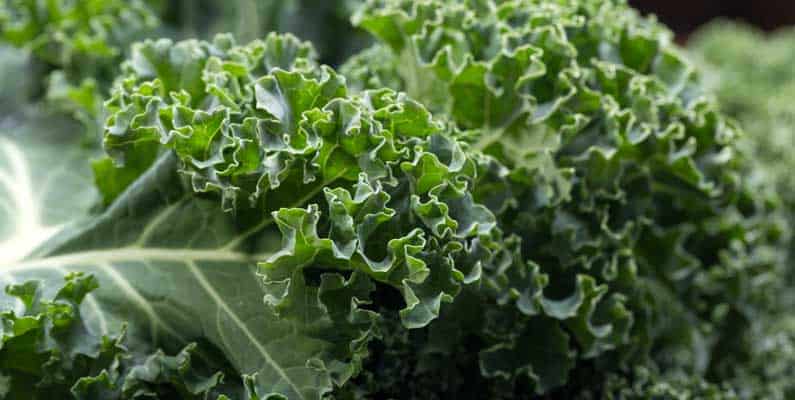It’s time to celebrate green! You might be thinking St. Patrick’s Day or Earth Day, but I’d like to think about all the goodness in our diets when we “go green”. Whether it’s green vegetables or green fruits, adding more green to your diet can mean adding more good nutrition.
For some, the word “greens” conjures up childhood memories of over-processed canned spinach they were forced to eat. Today, however, the champions of “green” in terms of supplying a multitude of nutrients are leafy greens such as kale, collards, chard, spinach, mustard, bok choy and even lettuces. These are all tasty, nutritious and quite versatile in the kitchen!
Our ancient ancestors used to eat up to six pounds of leaves per day. Few of us even eat the minimum USDA recommendations of 3 cups of dark green vegetables per week. Dark green leafy vegetables are, calorie for calorie, perhaps the most concentrated source of nutrition of any food. They are a rich source of minerals (including iron, calcium, potassium, and magnesium) and vitamins, including vitamins K, C, E, and many of the B vitamins such as folic acid (an important B vitamin that helps prevent birth defects and offers protection from heart disease). They also provide a variety of phytonutrients including beta-carotene, lutein and zeaxanthin, which protect our cells from damage and our eyes from age-related problems, among many other effects. Dark green leaves even contain small amounts of Omega-3 fats.
Greens have very little carbohydrate in them, and the carbs that are there are packed in layers of fiber, which make them very slow to digest. That is why, in general, greens have very little impact on blood glucose. In other words, greens are treated as a “freebie” in terms of contributing to carbohydrate intake.
Cooking Greens
Kale and collard greens are the most common examples of hearty greens. They do require cooking, although not as much as many people think. Yes, you can cook collards for an hour, but if you cut the greens from the fibrous stems they can be tender in 10–15 minutes. A slight 30 second blanching of kale is enough time to soften the fibrous network within thereby freeing the nutrients for easy digestion.
Greens can be braised (cooked fairly slowly in a small amount of liquid, usually a flavorful stock), sautéed (cooked quickly in a small amount of oil), or a combination of the two. They can also be steamed or boiled, but most people like to add some other flavors that go well with greens, and this is easier with braising or sautéing. One flavor I love with greens is curry.
Try this Curried Greens recipe and enjoy going green!
